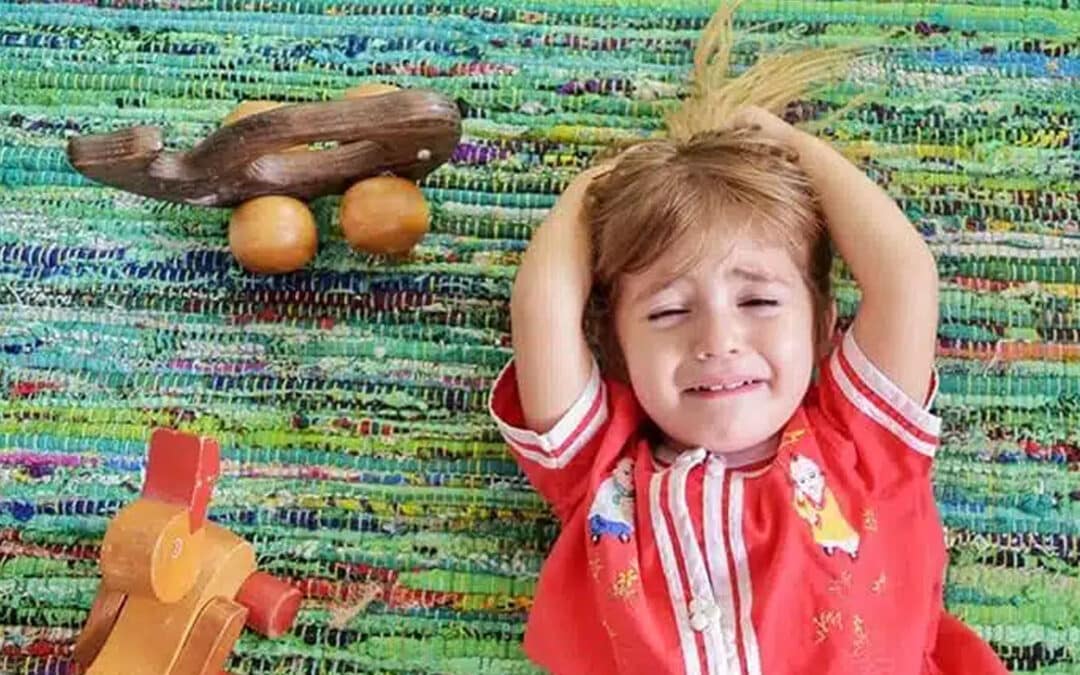Think of a two year old having a tantrum as a runaway train: we don’t stand back and wait for them to crash; we step in to help them pull the handbrake.
At around two years old, children start developing new emotions. And they’re some of the big ones: anger, frustration, guilt, embarrassment – really heavy-duty feelings. They’re not notoriously known as the Terrible Twos for nothing.
As adults, we can have a tough enough time with these emotions ourselves, so imagine trying to process them as a two year old without enough vocabulary, life experience (let’s call it wisdom) and factual knowledge to make sense of them.
Believe it or not, the journey to self-regulation starts at that tender age of two. Self- regulation is the way in which we begin to understand and manage our feelings; it’s what helps us learn how to behave and get along with other people. And two year olds need a lot of help at this critical stage of their development.
We don’t send a child away because their emotions are too big, too disruptive, or too inconvenient… we support them through their meltdown.
Think of a child having a tantrum as a runaway train: we don’t stand back and wait for them to crash; we step in to help them pull the handbrake.
If you take one thing from this blog, it should be this: time outs are OUT for two year olds! At that age, children are too young to appreciate that a time out is a consequence.
What Master or Miss Two needs is a time in.
“Easy!” said no parent ever. So, how do we manage a time in to support a child in meltdown?
First off, remaining calm (or even pretending to be calm) is key. Even if we’re overwhelmed, we must remain the adult in the situation and understand that meeting a child’s tantrum with a grown up’s anger or distress is like putting a match to fireworks.
We place ourselves at the child’s physical level (whether they’re on the floor or up a tree!) We try putting a hand on their shoulder. We let them know we’re there with them and understand they are feeling really bad right now.
The most important thing at this point is the child becomes aware we are there; they are not left to manage this big feeling by themselves.
A hug or putting the child on your lap is very important. Hugs generate the hormone oxytocin which stimulates the “calming down” part of the nervous system. Hugs are the language that a two year old will best understand.
Often, a change of stimuli is helpful. A quiet room, a comfy bean bag, a cuddly toy, their blanket, or heading outside can provide a welcome sensory distraction for the child.
After the child has calmed down, help them talk about their feelings: “Did you feel angry when your truck broke? That must have felt bad.”
This is the opportunity for the child to better understand their emotions and gives them some words to express themselves. And, when we acknowledge how they feel, we model empathy and build trust.
Helping a two year old regulate their very big feelings can be a real test of our nerve, but will set them up for great self-esteem, mental and physical wellbeing, and successful relationships throughout their life!

